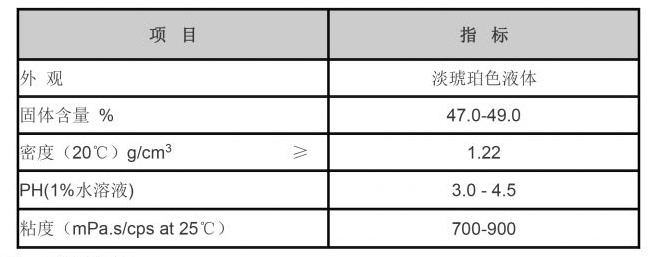coagulation flocculation
Understanding Coagulation and Flocculation Essential Processes in Water Treatment
Coagulation and flocculation are critical processes in water treatment, crucial for removing suspended solids and purifying water. These processes help in ensuring that the water we consume is clean and safe. This article aims to provide an overview of coagulation and flocculation, explaining their mechanisms, significance, and applications in various industries, particularly in drinking water treatment.
Understanding Coagulation
Coagulation is the first step in the water treatment process. It involves the addition of chemical coagulants to water, which destabilizes suspended particles. These particles, often negatively charged, repel each other, preventing them from clumping together. When coagulants are introduced, they neutralize the charges of the particles, leading to their aggregation into larger clusters known as micro-flocs.
Common coagulants used in this process include aluminum sulfate (alum), ferric chloride, and polyaluminum chloride. The choice of coagulant often depends on the characteristics of the water being treated, including pH, turbidity, and the presence of other contaminants. The effectiveness of coagulation can be influenced by several factors, including temperature, the concentration of coagulants, and the mixing intensity.
The Role of Flocculation
Following coagulation, flocculation is the next step, where the micro-flocs formed during coagulation are encouraged to clump together into larger aggregates called flocs. This is done through gentle mixing, which promotes the collision and bonding of the smaller particles. During flocculation, the water is typically stirred slowly to prevent the breakage of the delicate flocs.
Flocculation can occur in several stages. In continuous flocculation, the gentle mixing process can last anywhere from 30 minutes to several hours, allowing the flocs to grow larger before the water undergoes further treatment processes, such as sedimentation or filtration.
Significance of Coagulation and Flocculation
coagulation flocculation

The significance of coagulation and flocculation in water treatment cannot be overstated. These processes are critical in removing not just suspended solids but also pathogens, algae, and organic matter. By aggregating these impurities into larger flocs, water treatment facilities can significantly improve the clarity and quality of drinking water.
Moreover, these processes are not limited to municipal water treatment. They are widely applied in various industries, including food and beverage production, pharmaceuticals, and mining, where the treatment of process water or wastewater is essential.
Environmental Implications
While coagulation and flocculation are effective in purifying water, they also raise environmental concerns. The disposal of sludge generated from these processes can pose challenges. This sludge often contains concentrated levels of contaminants, requiring careful management to prevent environmental pollution.
Recent advances in water treatment technologies aim to optimize coagulation and flocculation processes while minimizing waste generation. For example, the development of more sustainable coagulants, such as those derived from natural sources (bio-coagulants), presents an exciting avenue for enhancing these processes while reducing environmental impact.
Conclusion
Coagulation and flocculation are fundamental processes in the field of water treatment, playing a vital role in ensuring the safety and quality of drinking water. By understanding the mechanisms and applications of these processes, we can appreciate their importance in safeguarding public health and the environment.
As global water demand continues to rise, and concerns regarding water quality intensify, the efficient use of coagulation and flocculation technologies will become increasingly crucial. Continued research and innovation in this field will not only enhance water treatment practices but also contribute to sustainable water management strategies for the future. In sum, mastering these essential processes is key to addressing the challenges posed by water scarcity and pollution in the modern world.
-
Premium Isothiazolinones | Broad-Spectrum Biocidal SolutionsNewsAug.28,2025
-
LK-319 Special Scale And Corrosion Inhibitor For Steel Plants: Advanced Solutions for Industrial Water SystemsNewsAug.22,2025
-
Flocculant Water Treatment: Essential Chemical Solutions for Purification ProcessesNewsAug.22,2025
-
Isothiazolinones: Versatile Microbial Control Agents for Industrial and Consumer ApplicationsNewsAug.22,2025
-
Scale Inhibitor: Key Solutions for Water System Scale PreventionNewsAug.22,2025
-
Organophosphonates: Versatile Scale Inhibitors for Industrial Water SystemsNewsAug.22,2025





